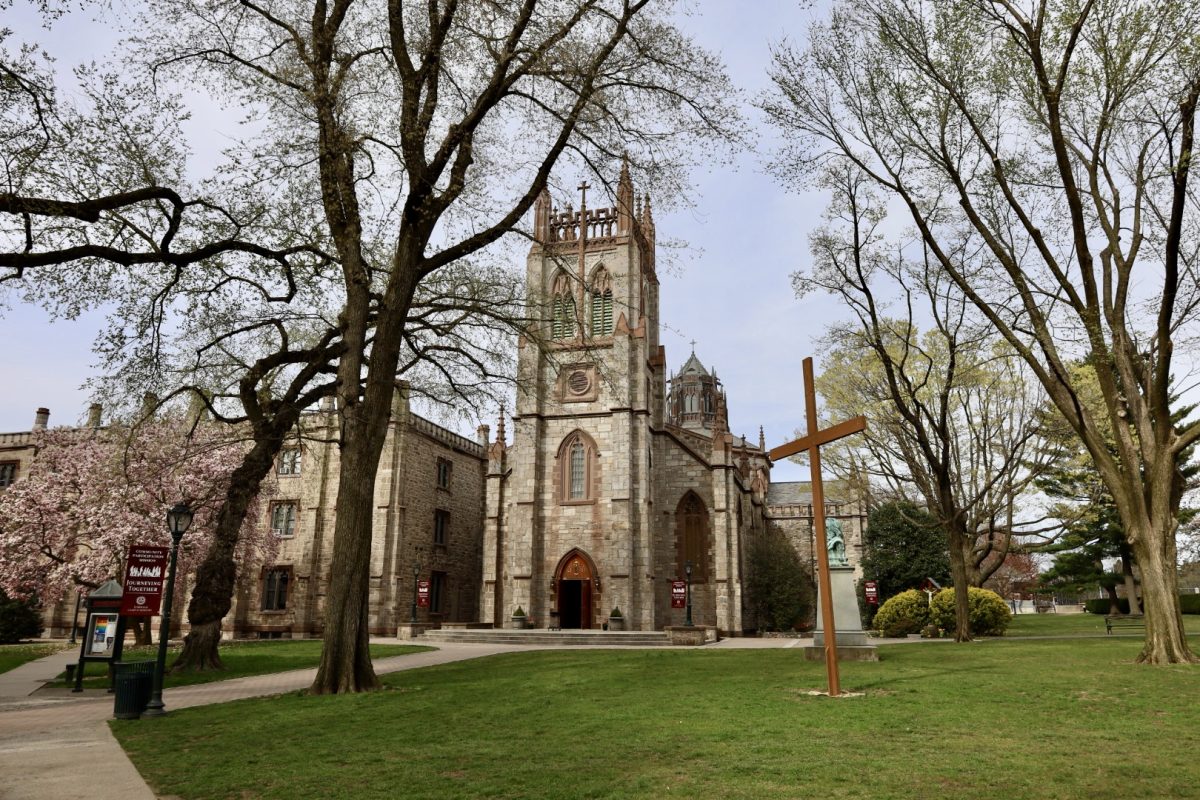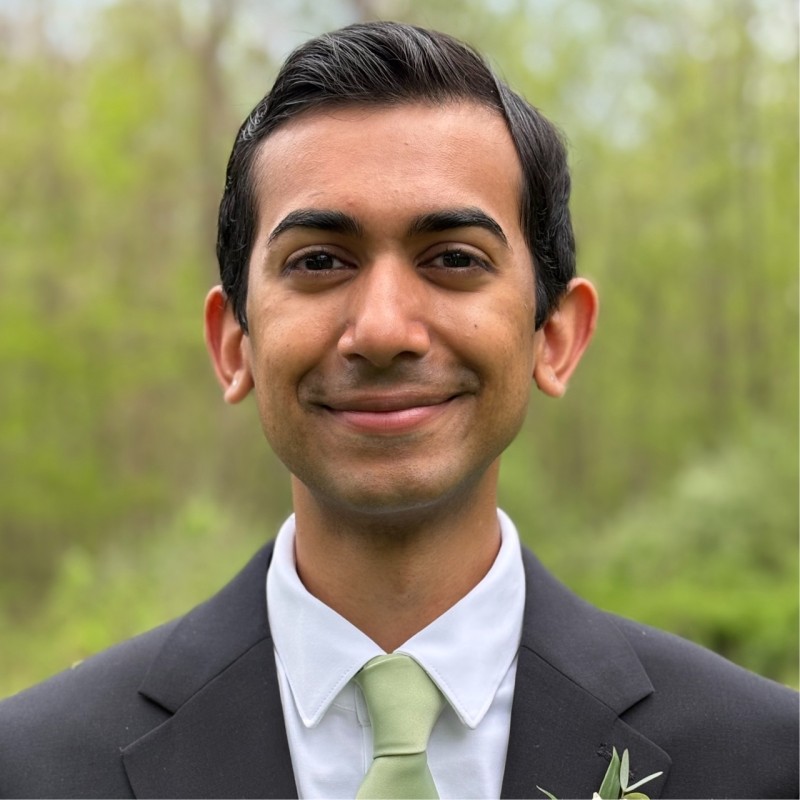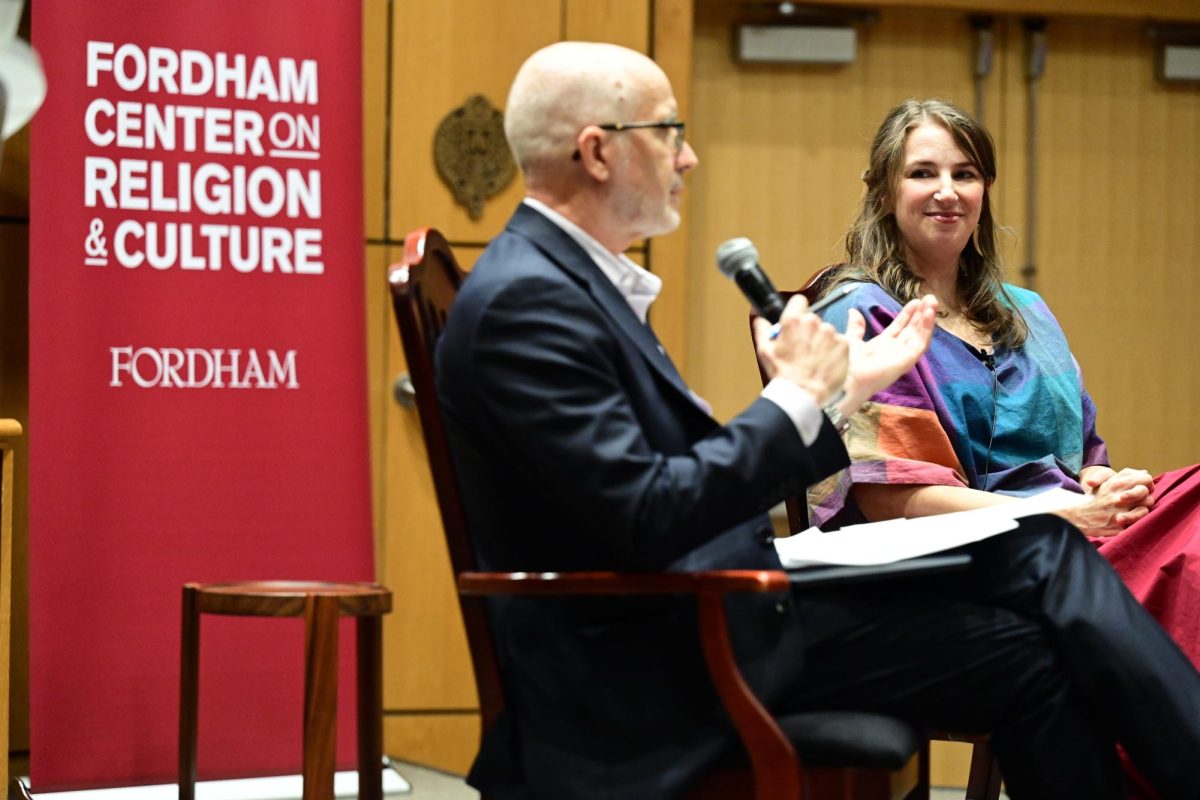By Laura Sanicola
The university president will appoint a Chief Diversity Officer, a new senior administrator position, in light of recommendations made in a new report from the Diversity Task Force. The Monday announcement was among 14 initiatives outlined by Rev. Joseph M. McShane, S.J., president of the university, in an email that also included the heavily anticipated Diversity Task Force report.
McShane established the Diversity Task Force last year to analyze diversity and race relations on campus amid a string of publicized bias incidents. The search for the officer will begin in January.
The officer “will serve as [the] champion for the University’s overall diversity and inclusion agenda by developing and facilitating at all levels of the University, the strategies, decision making, priority setting, and actions necessary to advance diversity and inclusion at the University,” in accordance with the Task Force’s recommendation.
The candidate will serve as special adviser to the president for diversity, chief diversity officer and associate vice president for academic affairs and will report to the president and to the provost.
The officer will produce annual diversity reports for the university after participating in monthly vice president meetings and assistant vice presidents and deans in faculty and staff recruitment. According to McShane, Fordham has “identified the financial resources necessary to bring to campus a highly qualified leader.”
The appointment would fulfill one of the goals of the strategic planning framework CUSP, which first called for such an officer in its April draft.
McShane’s response letter addressed several recommendations made by the Task Force on the status of race on campus. The university, like several others across the country, has seen increasing numbers of bias incidents and incidents of student harassment, the latest of which was investigated this September.
“Although Fordham is not a racist institution, institutionalized racism and incidents of explicit or implicit bias have impeded its ascendancy to the greatness for which it was created and of which it is capable,” the Task Force wrote in the report.
The Report
The Diversity Task Force was lead by Dr. Peter Vaughn, Dean Emeritus of the Graduate School of Social Service, and included an array of more than twenty students, faculty and administrators. The 38-page report contained a number of findings, listed below, as well as various recommendations to address the issues present in the summary.
“There is no one in the University leadership who takes responsibility for developing a unified sense of community across the campuses.
“Conversations with members of the community indicated that there are feelings of distrust throughout the University and that there is fear of speaking out about concerns among staff, faculty, administrators, and students.
“Silos in the organization make communication difficult, and there is a lack of cooperation and integration of shared functions. There exists a generalized perception that nothing will happen that will ever change this Fordham reality.
“There is a significant underrepresentation of racial minorities in different parts of the University, especially in the undergraduate student body, in senior administrative offices, and in the teaching faculty. The lack of such leadership at the campus level contributes to an atmosphere where nonwhite students are mostly quiet and respectful, but distant in relation to the larger Fordham community.
“There is far too much isolation and separation among departments and among schools in dealing with race and diversity. Cross-community dialogue on these issues is not plentiful either in the classroom or outside of the classroom.
“Students noted the lack of minorities in positions of student leadership and the tendency of majority students to associate with others similar to themselves. Student athletes, on the other hand, speak very positively of their interactions with each other as members of racially, socially, and ethnically diverse teams with the common objective of being successful in sports competitions.”
The Task Force found that “all in all, racism, institutionalized racism, discrimination, and implicit and explicit bias do exist at Fordham,” noting that it can be exhibited in the practices of some faculty, departments, centers, and individual administrators.” The report referenced implicit bias on campus, noting that “a school that prepares professionals to work with inner city populations of color has only one African-American faculty member.”
“There are departments and schools that have a reputation for frequency of incidents of racial and gender bias…any efforts to deal with such incidents are reactive, and all too often unsuccessful,” the Task Force added in its assessment.
It advocated for open discussions of race, racism, and diversity and for safe spaces for such dialogue to occur.
The President’s Response
McShane responded to the Task Force’s report with a Diversity Action Plan outlining various initiatives in four categories — people, curricula, community engagement and policies and procedures.
Many points referenced the Task Force’s recommendations — as well as timelines for these to be started.
McShane addressed students in the response letter, calling racism our “original sin.”
“Racism is a legacy of this original sin, and it shows itself in sinful social structures and systems,” he said.
McShane acknowledged the recent contentious presidential campaign and the tensions that have arisen on a national level. “We at Fordham have not been immune to these tensions and this pain,” he wrote.
He promoted the position of assistant dean and director of multicultural affairs to the position of Assistant Vice President for Student Affairs for Diversity and Inclusion and creating a Chief Human Resources Officer position in part to oversee diversity and inclusion initiatives in Human Resources.
A diversity leadership team will be created consisting of the Chief Diversity Officer, the Assistant Vice President for Student Affairs for Diversity and Inclusion, and the Chief Human Resources Officer.
McShane’s other initiatives included placing priority on diversifying all university administrators and faculty members utilizing “cluster hiring,” the hiring multiple professors into departments based on shared, interdisciplinary research interests. He also said the university would prioritize the John LaFarge Visiting Scholars and Fellows Program, where doctoral candidates of color nearing the end of their degree can be recruited to work in departments related to their field of study and are mentored by faculty members at Fordham.
He announced plans to recruit more students of color through the current excelsior campaign to raise $175 million for financial aid for undergraduate and graduate diversity.
The new diversity leadership team will consider allocating specific scholarship funds for students who seek to become leaders in diversity and inclusion, among other recruitment efforts and enrollment practices designed to increase the enrollment of students of color.
Other notable points in the document included the advancement of a proposal that seeks to require all first-year undergraduate students to enroll in a one-credit “First Year Experience” course with a significant diversity component. McShane said Fordham’s deans will form school-based committees “to identify and/or create professional development programs for faculty colleagues.” The incoming Chief Diversity Officer will also create a standing Diversity Committee.
Student Response
Response to the task force’s report as well as the president’s response will be discussed at today’s Student Life Council meeting in the Bepler Commons at 2:30 p.m.
Brian Daaleman, a FCRH ‘19 Senator and Co-Chair of the Diversity Action Coalition, said he was very happy with both the Diversity Task Force’s report and McShane’s response to it.
“They did a thorough job in examining this issue from administrative, faculty, and student perspectives and gave excellent recommendations for how to make Fordham a more diverse and tolerant university,” he said. “While there is a lot of work to be done, I am thrilled to move forward in our work with such support and hope to coordinate efforts with administrators in order to ensure that these initiatives will become a reality.”








































































































































































































